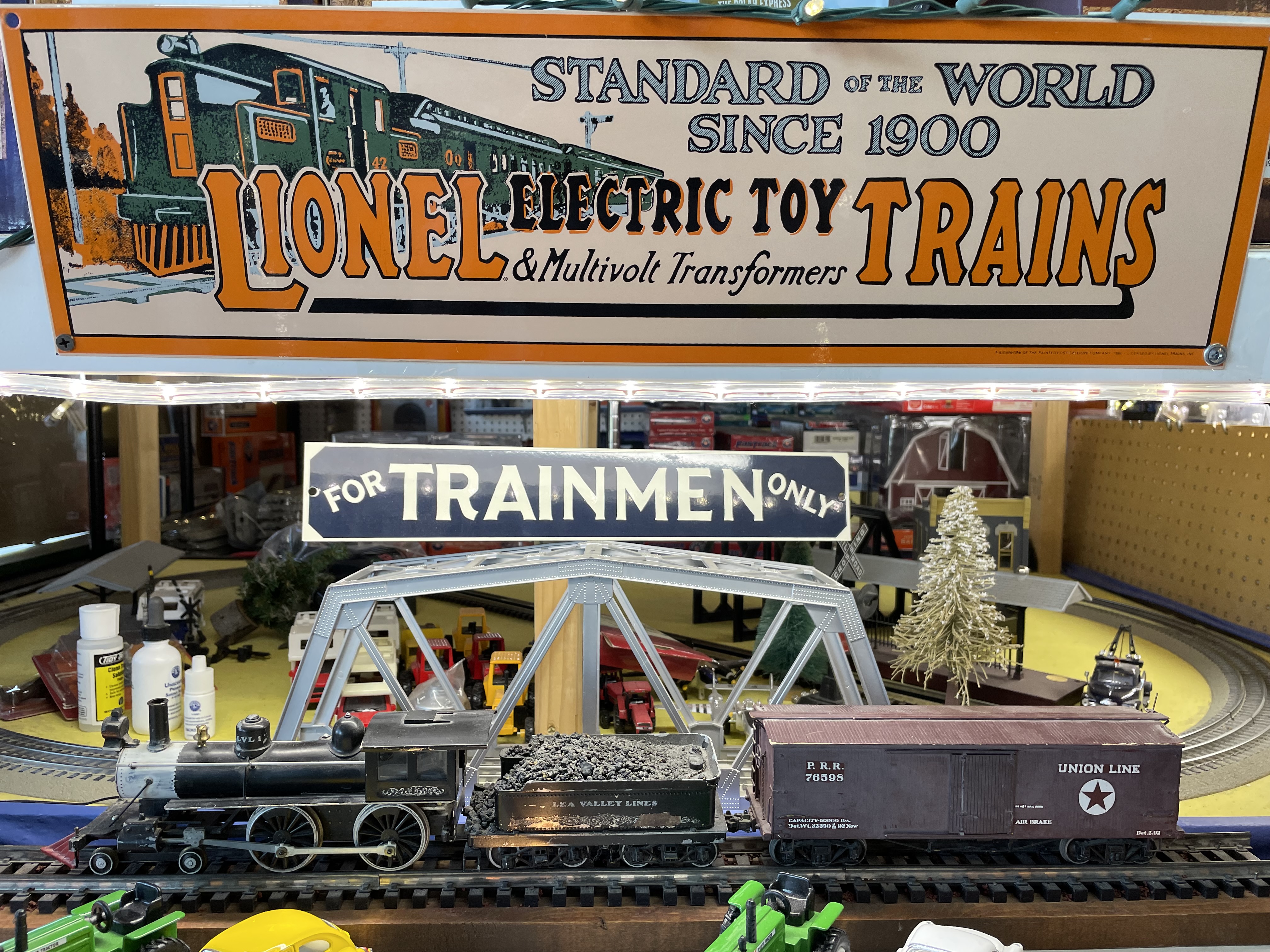
Obies Trains is Arizona's Premiere Hobby and Model Railroad Train Shop
O Scale Model Railroading

O scale (or O gauge) is a scale commonly used for toy trains and model railroading. Originally introduced by German toy manufacturer Märklin around 1900, by the 1930s three-rail alternating current O gauge was the most common model railroad scale in the United States and remained so until the early 1960s. Scale is 7 mm to 1 ft – 6.35 mm to 1 ft. Scale ratio various: 1:48 to 1:43.5 Model gauge 30 mm (1.181 in) – 33 mm (1.3 in)
O scale model railroading is a popular and well-established segment of the hobby that is known for its large and highly detailed trains. It's one of the larger scales in model railroading, with a scale ratio of 1:48, meaning that each inch on the model represents 48 inches (4 feet) of the real thing. Here's an overview of O scale model railroading:
1. Size and Realism:
O scale is renowned for its impressive size and level of detail. The larger size allows for a high degree of realism in both locomotives and rolling stock.Trains in O scale are visually impressive, with plenty of room for intricate detailing and weathering.
2. Popularity:
O scale has a long history and is particularly popular in the United States. It's commonly associated with Lionel, a well-known manufacturer of O scale trains.There's a dedicated and passionate O scale community with numerous clubs and organizations.
3. Gauges:
O scale encompasses several different gauges, including:O Standard Gauge: Historically popular, it uses a 2.125-inch track gauge.O Gauge: This is often used to refer to the 3-rail, high-rail O scale, which is known for its accessibility and durability. O Scale 2-Rail: Preferred by modelers seeking a more realistic appearance, this version uses a more prototypical 2-rail track system.
4. Prototypes:
O scale modelers often recreate trains from the late 19th and early 20th centuries, but it's also used for modern prototypes.The scale is versatile, allowing modelers to focus on specific historical eras or locations.
5. Layout Size:
Due to its larger size, O scale layouts require more space compared to smaller scales like HO or N.Many O scale enthusiasts have dedicated train rooms or basements for their layouts.
6. Detail and Realism:
O scale models are known for their fine detailing, such as separately applied handrails, grab irons, and realistic paint schemes.Many O scale modelers take great pride in weathering their rolling stock and structures for added realism.
7. Accessories and Realism:
The O scale market offers a wide range of accessories, buildings, figures, and scenery items to enhance the realism of layouts.Operating accessories like signals, crossing gates, and animation are common in O scale layouts.
8. Power Options:
O scale trains are typically powered by AC voltage, often using a third rail, but there are also DC and digital command control (DCC) options available for 2-rail O scale modelers.
9. Collectibility:
Vintage O scale trains, especially from the early to mid-20th century, are highly collectible and sought after by enthusiasts and collectors.
In summary, O scale model railroading offers a unique combination of size, detail, and realism, making it a favorite scale for many model railroaders. It provides an opportunity to recreate a wide range of historical and modern railroad operations with impressive visual impact. Whether you're interested in recreating a bygone era or modeling contemporary railroads, O scale can be a rewarding and visually stunning choice in the world of model railroading.